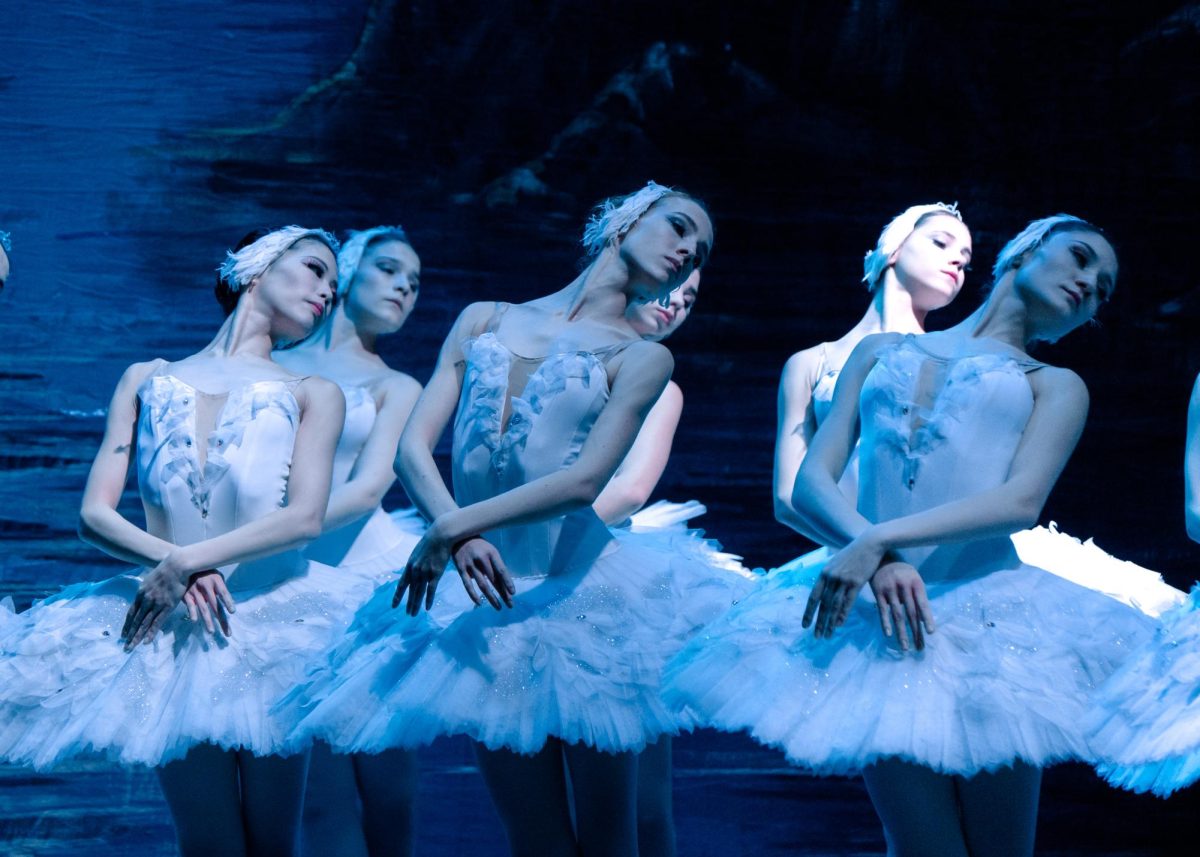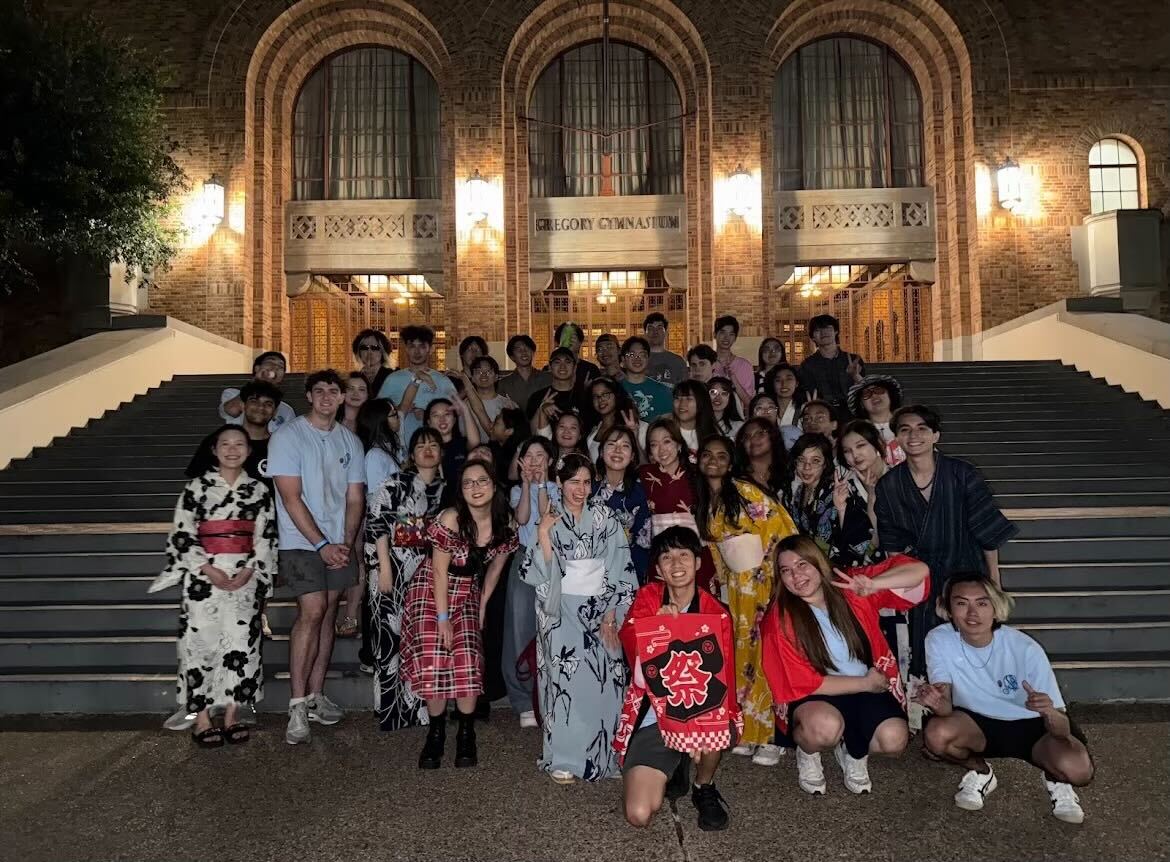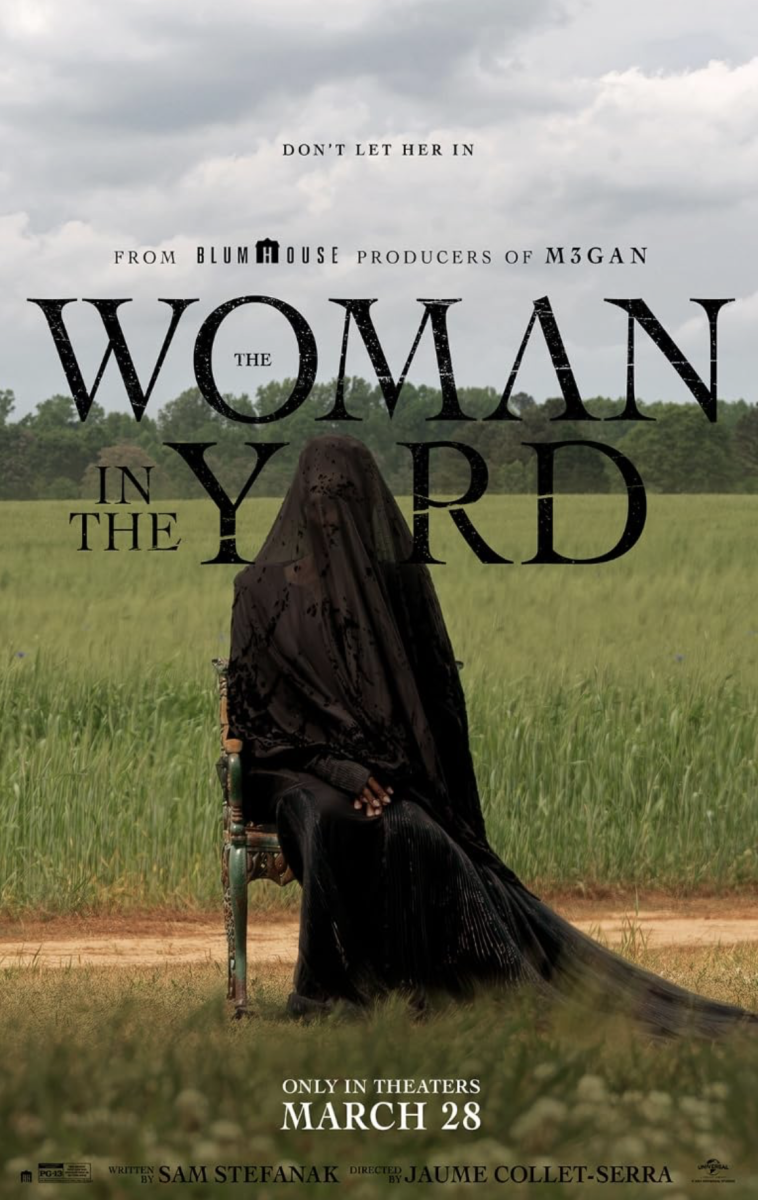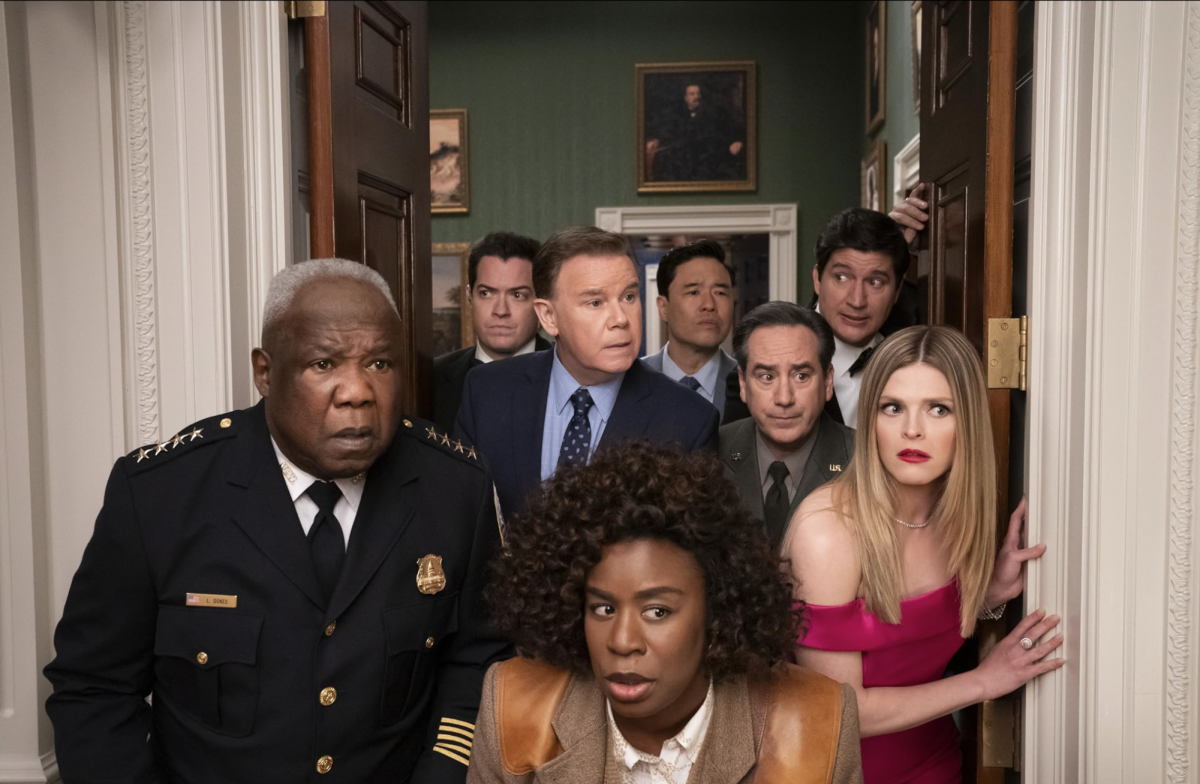There are few pairings in blockbuster cinema as perfect as director Michael Bay and the “Transformers” franchise. After all, Bay throws everything but the kitchen sink into his films, which are often overlong exercises in excess and spectacle. And a series of films about fighting robots is really nothing but spectacle anyway. Unfortunately, the second film in the series, “Revenge of the Fallen,” was a mess in every regard, even for a Michael Bay film. With this third (and presumably last) film in the franchise, it seems Bay has been reinvigorated by the general disdain for “Revenge of the Fallen” and is determined to make a “Transformers” film people won’t regret seeing. And “Transformers: Dark of the Moon” is that film. In fact, it’s the most epic film of the summer so far — especially in its final hour with an extended robot battle in downtown Chicago that single-handedly makes a case for 3-D as a viable format.
The film is ludicrously over-plotted for such a simple concept: there are robots from space. Some, such as Optimus Prime (voiced by Peter Cullen) are good. Others are bad. And then they fight while a boy named Sam Witwicky (Shia LaBeouf) watches, and that’s all that really matters. Everything else is just window dressing.
Just like “Revenge of the Fallen,” “Dark of the Moon” spends the majority of its runtime setting up for an epic robot battle, making the audience wait for what they came to see. Thankfully, “Dark of the Moon” manages to sidestep some of its predecessor’s problems.
Gone is most of the lame humor that Bay tends to work into his films, and finally, Sam’s parents, who were nothing short of a cancer on the last film, are entirely excised from the film after a handful of scenes that only hurt a little bit. Still, the film has entirely too many characters, and it adds even more, including John Malkovich as Sam’s new boss and Frances McDormand as a high-ranking security official. While McDormand manages to escape with her dignity mostly intact, Malkovich doesn’t fare so well. Neither does John Turturro (who returns from the first two films) or Alan Tudyk’s ridiculous turn as an ex-CIA operative with a silly accent.
The third film does surprisingly well with its heroes, however. Sam has never been more relatable as he struggles to find a job just out of college, and Shia LaBeouf brings his usual sharp comedic timing to the role. But LaBeouf truly shines in the film’s last hour. While robots clashing is the main appeal, this is the part of the film where his character steps up and finally becomes the hero he’s been threatening to become for the entire franchise, and LaBeouf sells every minute of it.
As far as the female lead goes, getting rid of Megan Fox ends up being the best decision Bay could have made. Her replacement, Rosie Huntington-Whiteley, is better than Fox ever was. Her performance isn’t much more than a winning smile and letting the camera ogle her body (in 3-D, no less), but she has a charm and likability that Fox could never get a handle on. Bay uses this to his advantage, hanging the film’s emotional stakes on the fate of Whiteley’s character and making her essential to the narrative in a way that Fox never was.
As far as the robots, they get more development in this film. For the first time, we can almost tell them apart from each other, and Optimus Prime gets a few great moments, as does the new character Sentinel Prime, voiced by Leonard Nimoy. As Optimus, Cullen has always brought a steely gravitas to the franchise, and he finally gets some actual dialogue here, as opposed to the empty motivational speeches that his character was prone to deliver in previous films.
But what really sets the film apart from its predecessors is, again, its last hour. Here, all pretense of plot falls away and Bay allows his robots to unleash untold amounts of destruction on Chicago. Here’s what makes “Dark of the Moon” worth seeing: an hour of pure spectacle and action, all presented in glorious 3-D.
Bay utilizes the technology James Cameron developed in “Avatar” for his own purposes and creates a symphony of barely controlled chaos that single-handedly makes a case for the format. The 3-D is immersing and detailed, from sparks flying to shards of glass shattered from buildings destroyed by robots. With many films, 3-D has felt like an afterthought, a way to squeeze a few extra dollars out of audience members who are vulnerable to the gimmick. But “Dark of the Moon” is meant to be viewed in 3-D, something reflected in Bay’s formerly frantic directorial style, which is now slowed down to give audiences a nice, long, three-dimensional look at the chaos Bay takes great joy in unleashing.
“Transformers: Dark of the Moon” is unprecedented. Going in, it’s expected that the film would have great, big action, and not much else to offer. While it certainly won’t be praised for its narrative ambition, it’s a completely watchable film, bolstered by a 3-D presentation that’s easily the best use of the format to date. It boasts a solid hour of wall-to-wall destruction and mayhem that stands among the most memorable action scenes in years.
Even more surprising, Bay almost manages to redeem himself for the first two films, making this final installment feel like the natural conclusion of a much better franchise. “Transformers: Dark of the Moon” is spectacle from top to bottom, and there is not a better bang for your buck in multiplexes today. It’s a summer film through and through, so audiences in the mood to watch an entire city reduced to rubble by a bunch of angry robots should make it their priority to see “Transformers: Dark of the Moon” as soon as possible. Yes, in 3-D.




















